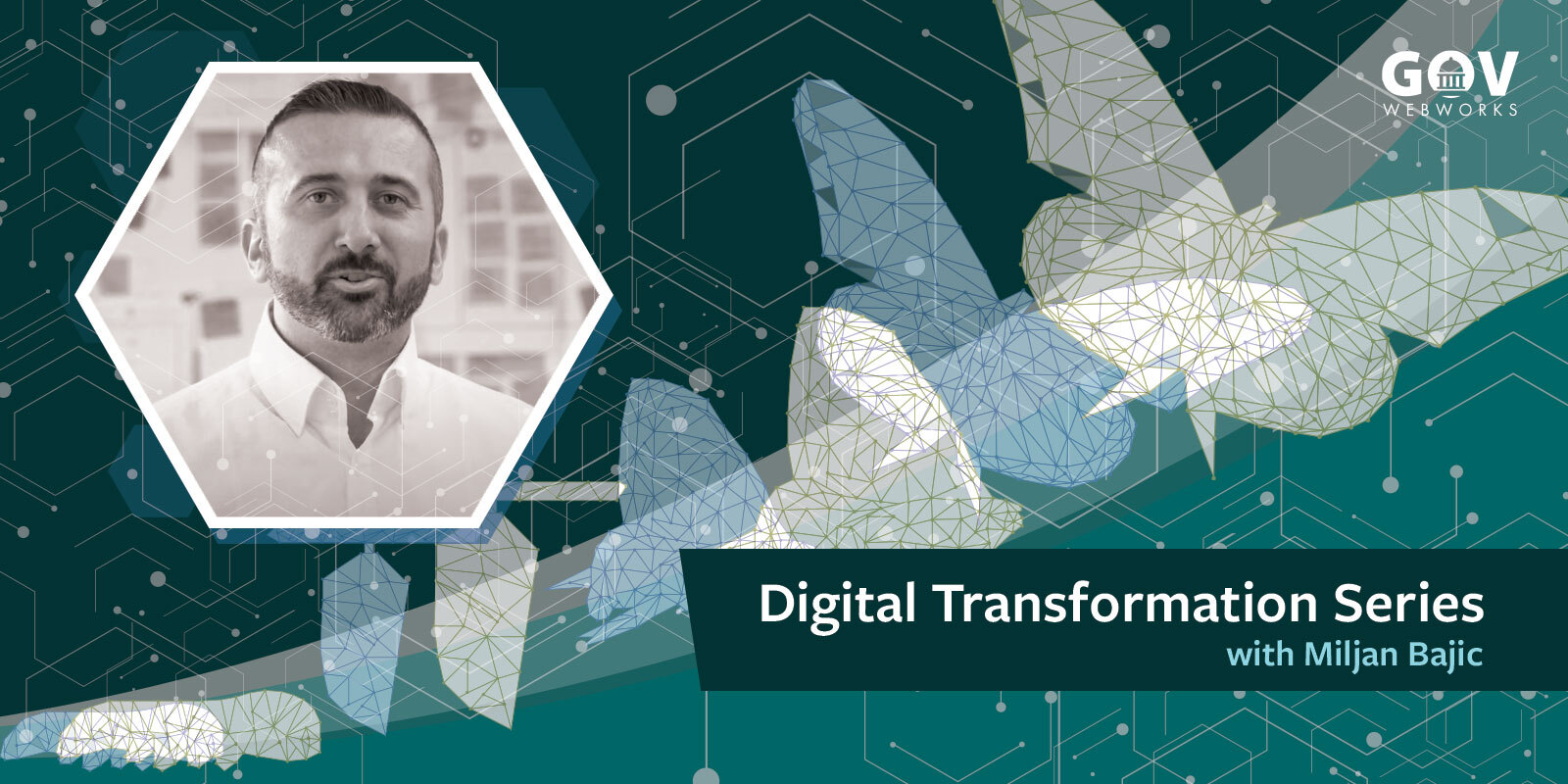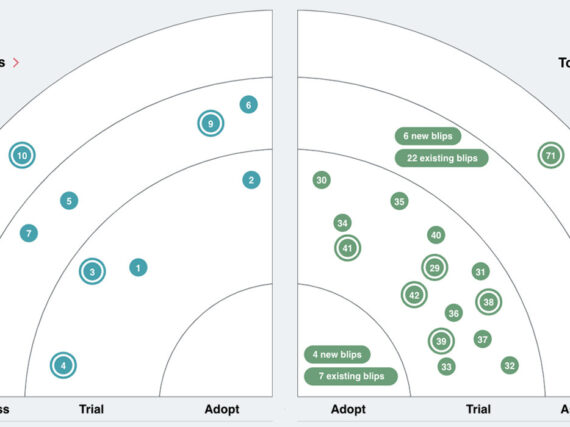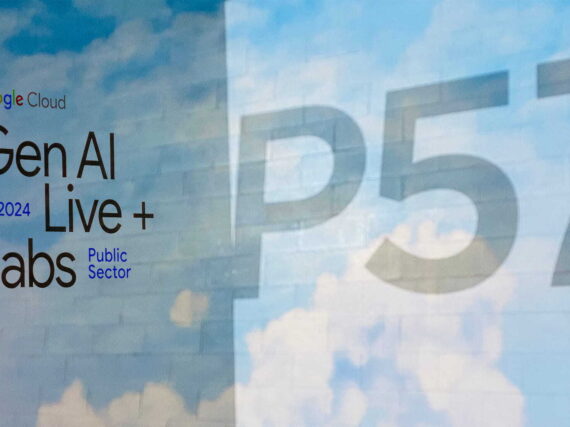The term “digital transformation” is one that is used, and misused, a lot these days as a response to dynamic conditions. Too often the knee-jerk reaction to the need for change is to latch on to the latest consultant buzzwords, march in an army of trainers proficient in that specific buzzword, and hope that the problem fixes itself. So what is digital transformation, really?
Digital transformation is a strategy that public sector departments can use to achieve their long-term business goals, says Agile coach and organizational change leader, Miljan Bajic. “It should provide long-term value, creating efficiencies that will create better outcomes for everyone.”
Sometimes a small incremental technology improvement is cited as evidence of digital transformation, whereas true transformation represents a more fundamental and holistic change. While digital transformation does involve updating technology, it is more about leveraging technology to operate in a new way that is more efficient, and more responsive to customer needs.
Ultimately digital transformation should solve systemic problems, such as modernizing outdated technology, or improving inefficient processes. A technology-led effort to transform an organization involves cross-cutting organizational change. The trick is to find the appropriate, cost-effective path for your organization.
Transformer series
 In the effort to better define what digital transformation can do for your organization, we’re producing a series of posts on the digital transformation journey. Over the next several posts, Agile transformation expert Miljan Bajic, a Certified Scrum Trainer (CST), Enterprise Agile Coach (CEC) and SAFe Program Consultant (SPC4), will provide advice on some of the best ways to approach the following goals:
In the effort to better define what digital transformation can do for your organization, we’re producing a series of posts on the digital transformation journey. Over the next several posts, Agile transformation expert Miljan Bajic, a Certified Scrum Trainer (CST), Enterprise Agile Coach (CEC) and SAFe Program Consultant (SPC4), will provide advice on some of the best ways to approach the following goals:
However, before we discuss how agencies can make smarter choices about digital transformation efforts, we’ll take a step back and define what the desired end result might look like for an agency.
What does digital transformation look like?
Since digital transformation is a reaction to the constant change happening at all times, there may never be a ‘destination’, but rather a shift in mentality within an organization. The new mentality is one which is focused on driving efficiency, to reduce costs, turnaround times and overall service delivery.
The digital aspect relates to how technology can be leveraged to meet these goals. It covers all kinds of technology; web, system integration, data, and all the ways it affects how services are delivered. At the core is the proposition that each department exists to provide the most value to those it serves, and hopefully, better digital experiences will help them to engage with citizens in better and more personalized ways.
A simple example of digital transformation would be an agency that replaces a paper form with a digital form. This one action in itself doesn’t mean that an organization has transformed itself digitally, but it’s a step in that direction.
A transformed (or transforming) organization would be seeking out all opportunities to digitize their forms, making them easier to complete on a wide range of devices, and introducing additional technology for form processing and response. A transformed organization would see that the form represents just one aspect of an entire service delivery process that may contain a hundred opportunities for improvement through the right application of technology.
Look before you leap
There are no shortage of paths to choose from when creating a framework for transformation – Scrum, Lean, Kanban, SAFe (Scaled Agile Framework) – the list goes on. It can be a bewildering set of choices for an agency leader, and the urge to try and retool first and ask questions later is hard to resist. However, as Miljan points out: “The mistake is to think that the same thing that worked for someone else is going to work for you and your agency. Factors like current structure and polices, leadership engagement, previous project history and current state of technology all weigh in to determining the best approach.”
Miljan shares a number of truths about the process from his experience working with state agencies such as the California Department of Motor Vehicles (DMV):
Identify your customers and their goals first
Without a clear sense of what you want to accomplish it’s almost impossible to define the best approach. By talking about what matters most to them, agencies can begin to identify the outcomes they would like to see, whether that’s shorter wait times, increased self-service or improved access.
Don’t fixate on labels
The temptation to want to put a name on how you are transforming is strong, and makes for an easy explanation. However, frameworks should fit the organization, and not the other way around. The reality is that no two agencies are alike, and so some form of custom or hybrid framework will be the best fit.
Commit to it
Digital transformation is not an edict that comes from on high and then becomes a reality. It requires a commitment from everyone involved. When working with California’s DMV, Miljan helped oversee the implementation of a full scale “Agile incubator” to help tackle some of the agency’s largest software initiatives, where everyone lived, breathed and slept the new approach.
Start small
As the old saying goes, “Don’t try to eat the elephant all in one bite.” Find a small, attainable goal that you can start with to build competency and confidence. Nothing stops change in its tracks like immediate failure, so try to ensure that you can get some small wins under your belt before you tackle some of the thornier challenges.
Expect to grow and change
It is highly likely that the way in which an agency tackles individual projects will change over time. Radical changes rarely take a lasting hold, and so an incremental approach is usually employed to gradually introduce new ways of working which layer on the skills that already exist within an agency.
To get there, training can include everything from formal certification in Scrum and SAFe best practices, to technical team coaching and leadership mentoring. See our Digital Transformation page for more information, Miljan’s The Four Lenses of Agility Overview for a snapshot into Scrum classes with Miljan.
In summary
As you can see, digital transformation can really mean a lot of different things to different people. Defining what it means in your agency requires a thoughtful approach that includes a discovery process and individualized assessment of inherent strengths and weaknesses. From here, the right kind of framework and training can be more easily crafted.
In our next articles we’ll look at the different types of goals that can be tackled, and the best approach for each. In the meantime if you’d like to learn more about how your agency can consider its digital transformation path, please get in touch.
Learn more
- Is the Decline and Fall of the Scrum Master Role Near?: Scrum Masters are falling victim to several common anti-patterns that are diminishing the meaning of the Scrum Master role, by Miljan Bajic
- Accepting What “Already Is”: forcing and imposing change in organizations can only be transcended by leadership first accepting what “already is”, by Miljan Bajic
- Best practices for reorganizing and transforming agencies, via Partnership for Public Service, a nonpartisan, nonprofit organization focused on making federal government more effective







